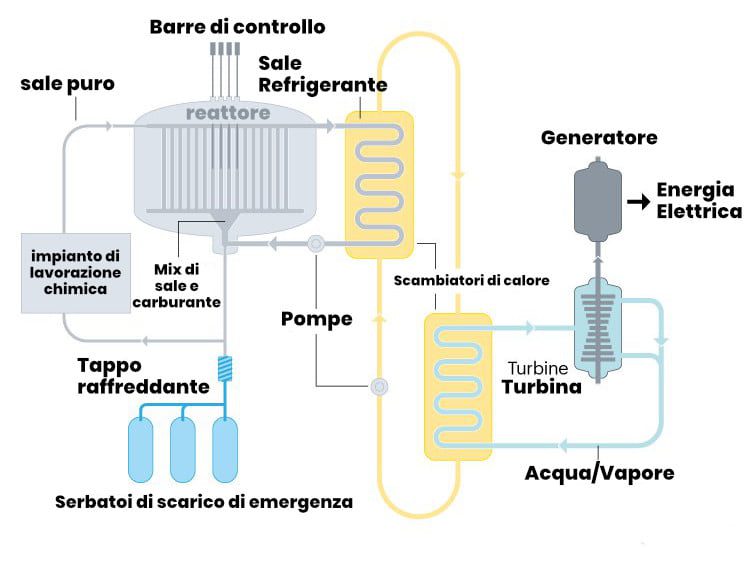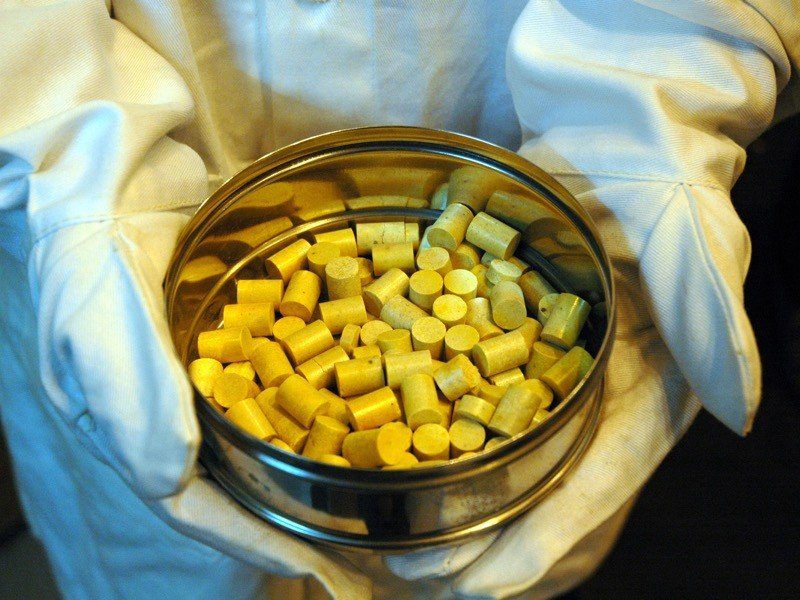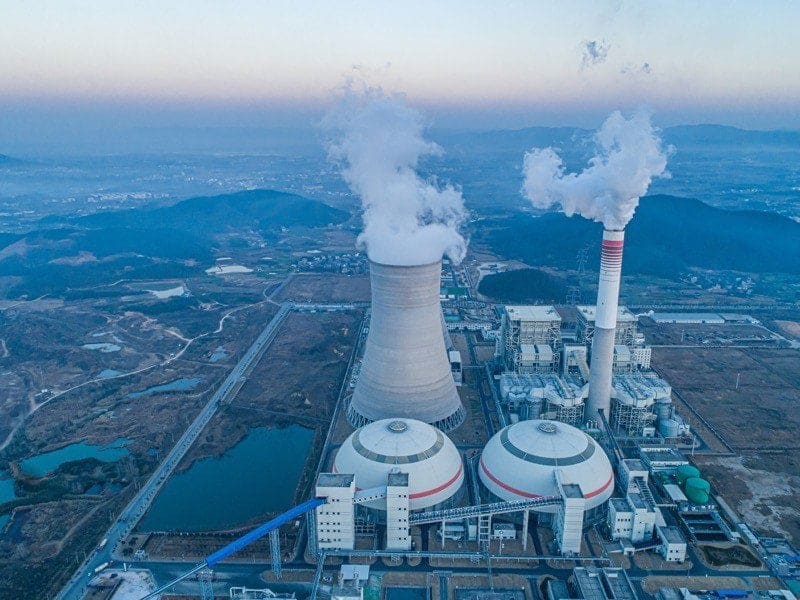Chinese scientists are excited about the imminent start of testing of an experimental nuclear reactor using thorium as fuel. China would be the first nation in the world to have the ability to commercialize the technology.
The reactor is unusual in that molten salts circulate inside it instead of water. It has the potential to produce relatively safe and cheap nuclear energy. While also generating a much smaller amount of very long-lived radioactive waste than conventional reactors.
The construction of the experimental thorium reactor will take place in Wow, on the outskirts of the Gobi desert: the completion of the first test site is expected to take place by the end of this month, at least according to the government of Gansu province.

What is Thorium
Thorium is a weakly radioactive silvery metal that occurs naturally in rocks and currently has little industrial use. It is a waste product of China's growing rare earth mining industry and is therefore an attractive alternative to imported uranium, the researchers say.
Huge potential
Thorium is much more abundant than uranium and so it would be a very useful technology to have in the next 50 or 100 years, when uranium reserves start to run low. The technology will take decades to realize, so we need to start now.
Lyndon Edwards, nuclear engineer at Australian Nuclear Science and Technology.
China celebrates the 2011th year since the launch of its molten salt reactor program. It started in 3, investing around 500 billion yuan (US $ XNUMX million), according to Katsu Yoshioka, former president of the International Thorium Molten-Salt Forum in Oiso, Japan, who worked closely with Chinese researchers.
Operated by the Shanghai Institute of Applied Physics (SINAP), the Wuwei reactor is designed to produce only 2 megawatts of thermal energy, which is only enough to power up to 1.000 homes. But if the experiments are successful, China hopes to build a 373 MW reactor by 2030, which could power hundreds of thousands of homes.
An “almost” perfect technology
These thorium reactors are among the technologies China is banking on to reach its goal of zero carbon emissions by 2050. The natural isotope thorium-232 it cannot undergo fission, but when irradiated in a reactor it absorbs neutrons to form uranium-233, a fissile material that generates heat.
Thorium has been tested as a fuel in other types of nuclear reactors in countries including the US, Germany and the UK, and is part of a nuclear program in India. To date it has not proven cost-effective because it is more expensive to extract than uranium and, unlike some natural uranium isotopes, it must first be converted into a fissile material.
Some researchers support thorium as a fuel because they say its waste products are less likely to be used as weapons than those of uranium. Others have argued that risks still exist.
Molten salt reactor powered by Thorium: the first in the world

The most experienced researchers note that the new Chinese thorium reactor "copies" that of the Oak Ridge National Laboratory. This is the first molten salt reactor, started in 1969 and now closed. Perhaps, knowing the Chinese's ability to emulate, it wouldn't surprise me. However, it must be said that the new reactor draws on decades of innovation in production processes, materials and instrumentation. There is a chasm even compared to the most advanced nuclear power we see today.
Compared to light water reactors in conventional nuclear power plants, molten salt reactors operate at significantly higher temperatures. This means they could generate electricity much more efficiently. China's thorium reactor will use fluoride-based salts, which dissolve in a colorless and transparent liquid when heated to about 450 ºC. The salt acts as a coolant to transport heat from the reactor core. In addition, instead of solid fuel rods, molten salt reactors also use liquid salt as a substrate for the fuel, such as thorium, to be dissolved directly in the core.
Molten salt reactors are considered relatively safe because the fuel is already dissolved in liquid and they operate at lower pressures than conventional nuclear reactors, which reduces the risk of explosive melting.
A very important test bench
The Chinese reactor will be a test bed to learn a lot about this technology. It will allow you to study a bit of everything, from corrosion analysis to characterizing the composition of the refrigerant mixture while it is in circulation.
It could take months for the Chinese reactor to reach full operation. If something goes wrong, you need to stop and start again. The pumps may fail, the pipes may corrode. A freeze may occur. Hardly a disaster, scientists are very optimistic.
Scientific references: https://doi.org/10.1038/d41586-021-02459-w


